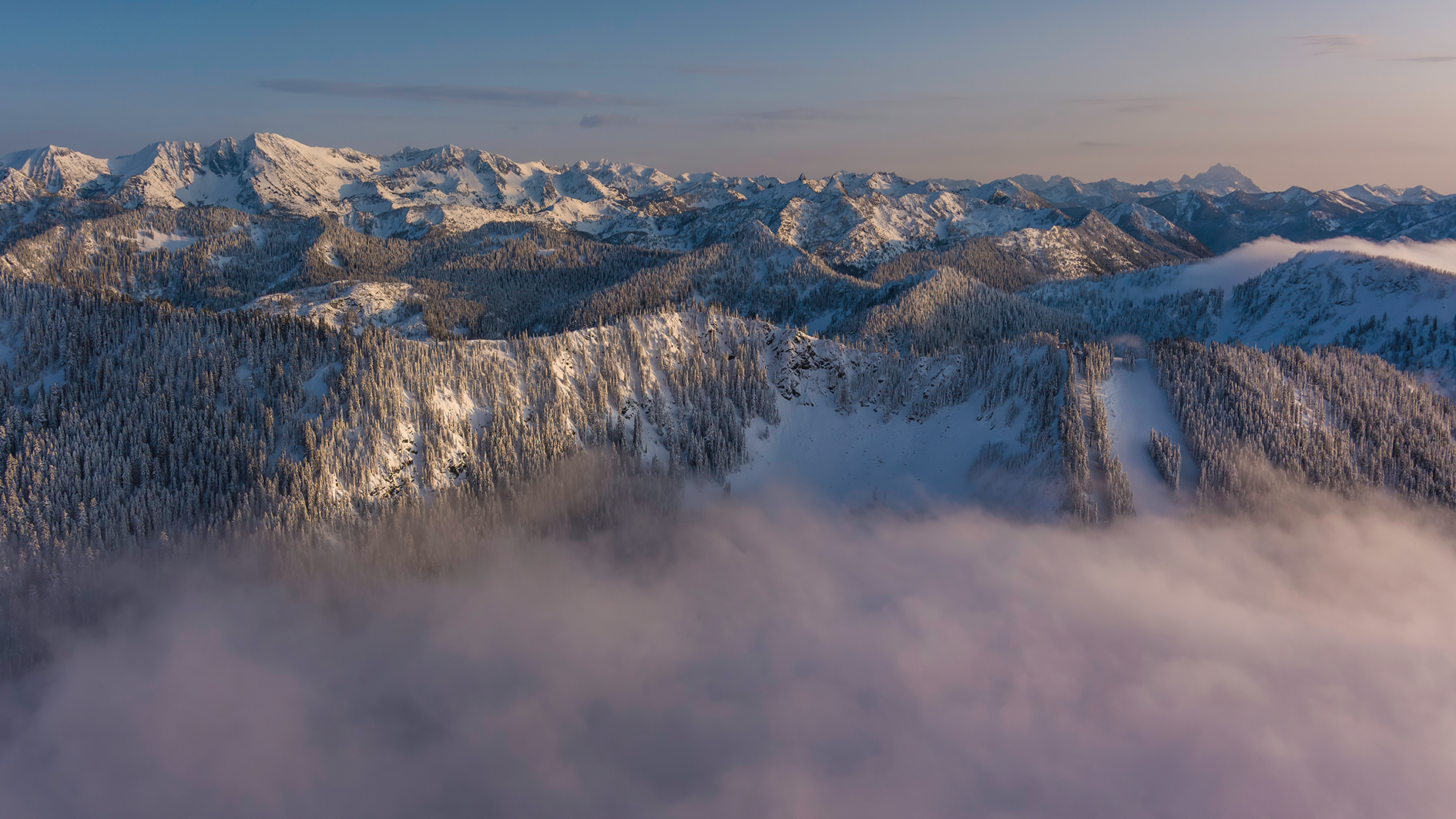
The lives of three backcountry skiers could have been lost when one of them fell 1,000ft in the backcountry of Washington state, breaking his leg. But the group's quick thinking saved them - when they sent an Apple SOS alert.
The trio hit danger while skiing near Stevens Pass in Washington’s Cascades Mountain range. Authorities said a second skier in the group fell more than 500ft, twisting a knee and wrist.
Fearing for their lives in a dense backcountry area, the group sent out an Apple SOS signal. Although the area does not have a cell signal, the latest iPhones can connect directly to satellites to send SOS signals from all manner of remote locations.
After tracing the emergency signal, rescuers from the King County Sheriff’s air support unit were swiftly on the scene. Arriving via helicopter, they were able to winch down and hoist all three skiers to safety.
With all three recovering well, officials from King County Sheriff’s air support have released extended footage of the rescue below. The heart-pounding clip combines heat-sensor helicopter footage with film from the body cameras worn by rescuers.
Introduced in 2022, iPhone models following and including the iPhone 14 can send SOS signals via satellite. The life-saving feature is not reliant on cellular connection and has now been used in multiple backcountry emergencies.
Without it, rescuers believe last week’s accident could have ended in disaster.
"Without some sort of satellite communication device, this story could have a very different ending, a very tragic ending because of the temperatures that the skiers were skiing in and the distance they were away from any kind of civilization," Sargent Jason Stanley of the King County Sheriff's office told ABC News.
How to use Apple SOS
If you're in need of help in the backcountry, Apple provides the following instructions to help you get the most out of the emergency SOS function:
- Be outside with a clear view of the sky and the horizon.
- Be aware that trees with light foliage may slow down the connection. Dense foliage, hills or mountains, canyons and tall structures may block the connection.
- Hold your iPhone naturally in your hand. You don't need to raise your arm or hold your phone up, but don't put it in a pocket or backpack.
- If you need to turn left or right or move to avoid a blocked signal, your iPhone will provide onscreen instructions.
- The satellite connection can be maintained even if your phone screen is locked.
- Satellite connectivity may not work in places above 62° latitude, such as northern parts of Alaska.
Alternatively, satellite communicators like the Garmin InReach can be used to call for help during remote outdoor emergencies.
In the past decade, more than 10,000 people have used Garmin InReach devices to call for emergency help.
In September, a Canadian hiker who’d been mauled by a bear was rescued after sending an SOS signal with his Garmin InReach.
For more on backcountry emergencies, check out our expert survival guide.
- The best down jackets: stay warm when the temperature drops
- The best hiking gloves: when the mercury dips, these picks deliver impressive warmth and weather protection







